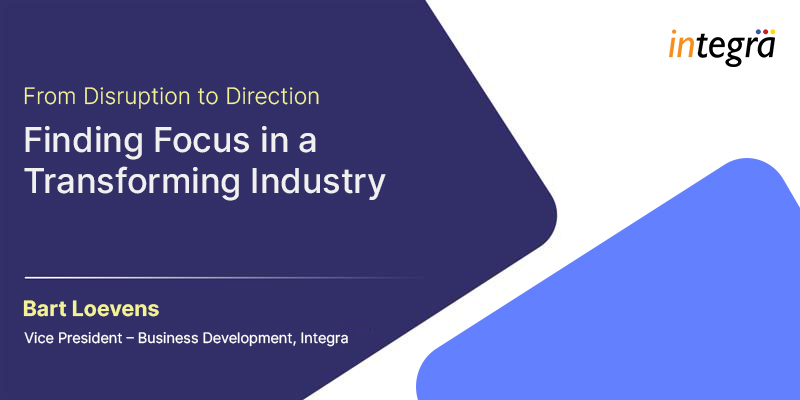
In the last few years, scholarly publishing has entered a period of rapid acceleration. Leading publishers have reported double-digit percentage increases in manuscript submissions, a surge that translates to millions of additional papers entering editorial workflows annually.
On the surface, this growth is good news: it reflects the expanding global research output and a democratization of scholarly contribution. But it also creates two urgent and interconnected challenges:
- Desk check overload: Editorial teams are tasked with rejecting unsuitable manuscripts quickly to preserve reviewer capacity. Yet at these volumes, manual screening stretches both staff bandwidth and budgets to their limits.
- Research integrity risks: With more content, including AI-generated manuscripts and papermill output, there’s an increased danger that problematic work will bypass screening and damage journal credibility.
Across recent industry conversations, from LinkedIn discussions to conference panels, a clear theme has emerged: the solution lies in upstream intervention. By catching issues earlier, automating repetitive checks, and focusing human effort where it matters most, publishers can protect peer review from unnecessary strain.
1. Desk Check Automation: Filtering at Scale
EditorialPilot is designed to address exactly the kinds of pain points often raised by publishing executives and research integrity specialists.
With 40+ automated checks, EditorialPilot helps publishers streamline submissions by:
Flagging compliance gaps such as formatting issues, incomplete files, or missing requirements before manuscripts reach an editor’s desk.
Journal scope screening can also be configured when publishers provide scope definitions.
Detecting integrity risks early in the process, including suspected AI-generated text, papermill patterns, or missing ethics declarations.
Handling high-volume batches efficiently, ensuring unsuitable manuscripts are filtered out quickly.
The outcome? Editors can dedicate their expertise to evaluating high-quality research, while reviewers are spared from reading manuscripts with no real chance of acceptance. This not only preserves time but also safeguards goodwill within the peer review community.
2. Strengthening Research Integrity Systems
Industry voices have warned that unchecked submission growth could erode quality, especially if fraudulent or AI-generated work slips past editorial gates. This concern is magnified by growing oversight from bodies like the NIH and the White House OSTP, which are demanding greater transparency and accountability in research publishing.
EditorialPilot integrates research integrity checks directly into the earliest submission stages by:
- Running plagiarism detection and citation analysis to catch text reuse and questionable referencing.
- Flagging image irregularities or metadata inconsistencies that may indicate data manipulation.
- Identifying stylistic and structural markers that commonly appear in papermill content.
- Generating a clear, auditable integrity report for each manuscript, giving editors defensible evidence for their decisions.
By embedding these checks upstream, publishers can meet regulatory expectations while maintaining the trust of their readership.
3. Turning a Challenge into an Opportunity
Without upstream automation, publishers face a lose-lose scenario: either higher operational costs from overworked desk-reject teams or lost revenue when good science is overlooked due to review bottlenecks.
EditorialPilot helps avoid both outcomes by:
- Reducing the cost per screened manuscript through automation.
- Improving decision accuracy with consistent, criteria-based screening.
- Freeing editorial bandwidth for strategic, high-value work, such as author engagement and reviewer development.
Rather than treating growth as a burden, publishers can reframe it as an opportunity to modernize processes, elevate quality control, and differentiate their brand in a competitive market.
The Bottom Line
Submission growth isn’t slowing down. The question for publishers is whether their workflows can keep pace without compromising quality or overloading their most valuable resource, the peer reviewers.
EditorialPilot offers a practical, scalable answer by:
- Managing volume spikes without proportional increases in headcount.
- Protecting research integrity under both regulatory and reputational pressures.
- Ensuring reviewers only see manuscripts with genuine potential for publication.
In other words, it transforms early-stage editorial work from a bottleneck into a quality gateway.
At Integra, we celebrate the contributions of editorial professionals, recognizing their invaluable service to the scholarly community. Our advanced tools empower them to continue playing a crucial role in advancing human knowledge through research. As a trusted partner, we deliver human-led, technology-assisted solutions tailored for editorial management, research integrity, and peer review, ensuring that growth strengthens, rather than strains, the scholarly ecosystem.
Recent Blogs

Preprints, Transparency, and the Future of Scholarly Publishing: Why Journals Should Lead the Shift

From Disruption to Direction: Finding Focus in a Transforming Industry



